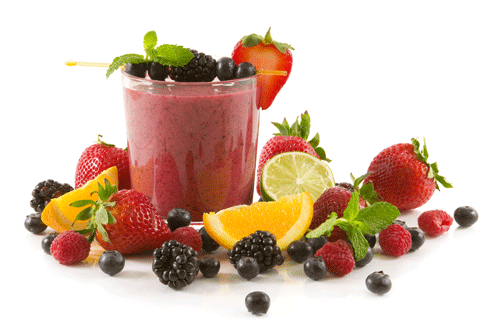I just read an article on The Root from The Recession Diaries about how the recession is affecting people’s food shopping habits.
As light-hearted as the blogger’s comments are, Food Access is a serious issue. There are some things that must be considered when taking into account how people buy food and make food choices: cost, transportation, storage, convenience as well as nutritional value.
Transportation is an issue especially for those with low-incomes. There are many poor areas that do not have access to supermarkets that sell healthy foods. West Oakland does not have a Safeway. The closest one is in Emeryville. If you do not have a car, buying groceries is not an easy thing to do. You can only carry so many groceries in your arms and with you on the bus. You also want to carry items that are light and won’t be damaged during the trip.
Fresh veges are ideal in this case, they tend to be lighter and if you double bag, they are pretty safe. Fruits are a whole other story though. Their water content tends to make them heavier.
However, veges are not cheap. And they don’t last. You usually have to cook and eat them right away. Your children probably won’t want to eat them either, so then that can be a waste of money if your child is surreptitiously feeding the dog and then still crying because they are hungry.
Processed foods and snacks tend to last longer and make you fuller. They taste good, easy to carry and are easy to prepare!
And cooking can be such an ordeal!! You have to plan the meals, then figure out the right way to cook them. Standing in front of a hot stove is not how most people plan to spend an evening after a hard days work.
However, cooking at home is the cheapest and the healthiest way to eat. When you are home you are able to monitor how much salt, sugar and fat you are are consuming. You are physically putting these ingredients into your food, and once you are personally aware of what you are eating, you are more likely to make healthier choices.
Here are some suggestions to help you in your journey for a healthier diet:
1. Cook once a week.
I tend to cook big meals, and then divide them into portions for meals to save for later.
2. Use your freezer.
You can freeze certain veges for later use, or buy veges that have already been frozen: peas, corn, spinach.. etc. Also you can freeze fruits like grapes, strawberries, oranges and use them for smoothies. Smoothies are cool and refreshing and better for you than soda.
3. Find a farmer’s market close to you and support them. If you live in the bay area, the Pacific Coast Farmer’s Market Association can tell you where the local farmer’s market is located and they post recipes!
4. Use cloth bags to take to the store. Cloth bags tend to have handles that you can carry on your shoulder instead of your hands, rather than plastic. Sturdier than plastic, they are also roomier and you can carry more. Finally, Safeway shaves 3 cents off your grocery bill each time you shop. Not much but it can add up and pay for that extra grape!
For more information about Food Access and Food Deserts visit the USDA’s report on national figures. The report uses data from the ’90s however, it gives you a good background on the issue.
Favorite Smoothie recipe: 
1.5 cups of Apple Juice
5 frozen strawberries
1 half of naval orange (fresh)
5 slices of frozen peach
5 slices of frozen pineapple
5 globes of frozen red seedless grapes.
1/2 banana. (I don’t like banana, but it makes it sweet. Try it)
Splash of lemon juice (for tang).
Place all in to a blender. Blend.
Serves about two cups. Really good!!!